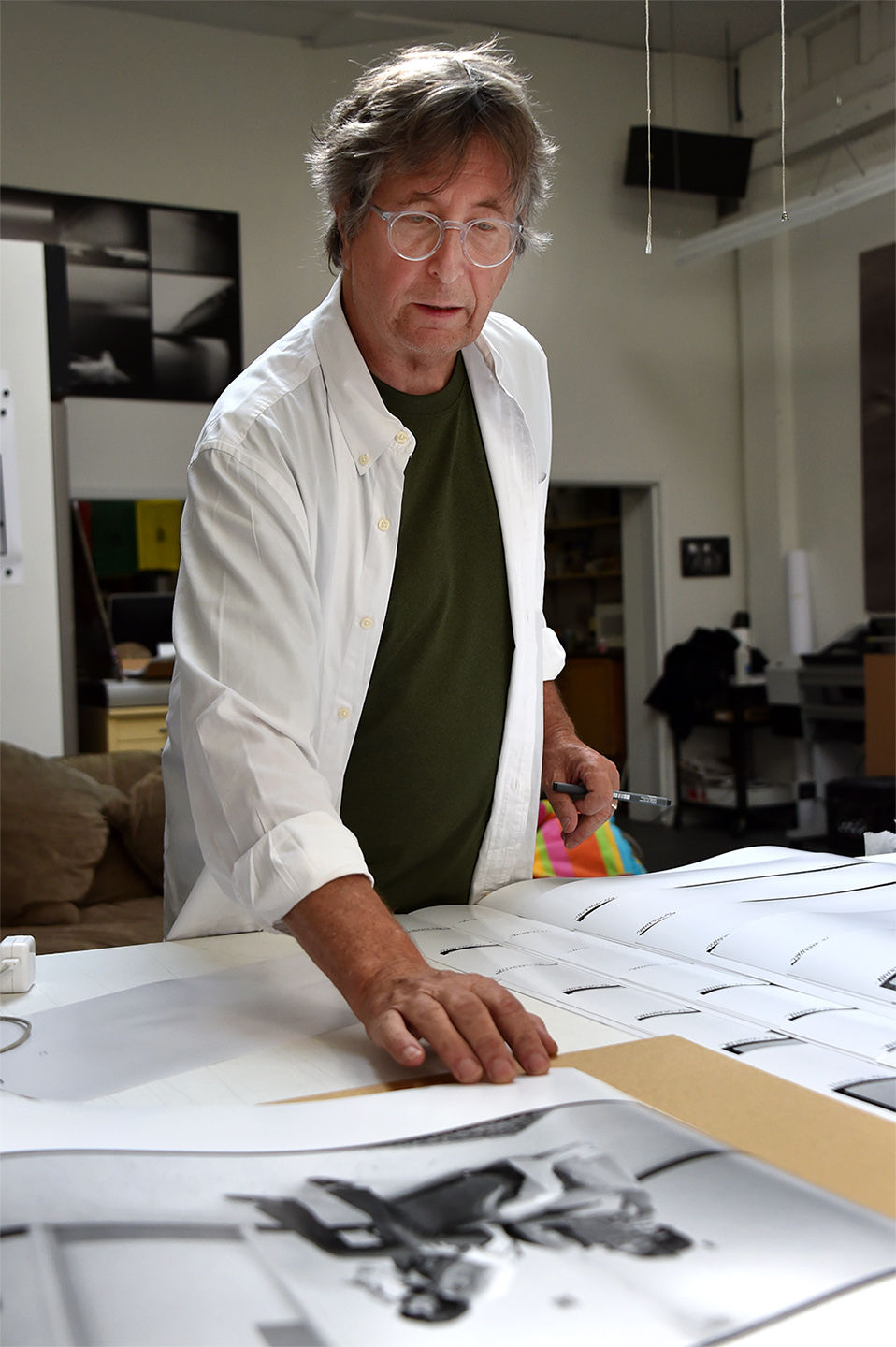Ethan Russell and his close-ups with the Beatles, Stones and Who
- Mark Caro
- Jan 7, 2022
- 3 min read

Ethan Russell was a young San Franciscan when he saw Michelangelo Antonioni’s film Blow Up and decided to move to Swinging London with camera in hand in 1968. The scene he found wasn’t as lively as in the movie, but then he received assignments from Rolling Stone to photograph Mick Jagger and John Lennon, and his adventure began.
He did another shoot with John Lennon and Yoko Ono and their cat, and they all hit it off. On the night of Dec. 11, 1969 (which spilled into the next morning), Russell was on set for The Rolling Stones Rock and Roll Circus, a to-be-delayed TV special directed by Michael Lindsay-Hogg and featuring performances from Lennon’s makeshift band the Dirty Mac (featuring Eric Clapton on guitar, Keith Richards on bass and Mitch Mitchell on drums) and the Who (whose “A Quick One, While He’s Away” obliterated all that followed, including the Stones).
A few weeks later, the photographer was in the chilly, gloomy Twickenham Film Studios as Lindsay-Hogg filmed the Beatles scrambling to work up new songs for a TV special/concert/album/who-knew-what? Russell was just as flabbergasted as some of us viewers of Peter Jackson’s Get Back would be years later at how the world’s biggest musical act could be forced to work in such substandard conditions.

Whatever the situation Russell knew his role. He wasn’t there to make friends, and he didn’t interact with the Beatles or just about anyone else because didn't want anyone smiling at him or reacting while he worked. He aimed to capture the Beatles as naturally and unobtrusively as possible. He didn’t shoot while the film cameras were rolling because the microphones would have picked up his shutter clicks. He picked his spots and stayed out of the way.
Months later, in August 1969, Russell shot the Beatles one final time on Lennon’s countryside estate. More so than during the Get Back/Let It Be sessions, the band seemed miserable, George Harrison most of all. This would be the last time the Beatles would be photographed together.

Russell also was the Rolling Stones’ primary photographer during their peak period from 1968 to 1972 and was airlifted out of the violent, chaotic Altamont Speedway concert with them.
"The helicopter would not lift off the ground," he recalls in our conversation. "It was so overloaded. It was so outside of safety envelope. There were like 14 people in that helicopter, and it was certified for 10. We could have died so easily. It was horrible and horrifying and traumatic."

He worked with the Who as well, shooting the iconic Who’s Next cover when he and the band did an impromptu photo shoot after spotting a monolith near a country road. One band member’s pee stain on the side of the monolith was real. Russell later replaced the drab British sky with a more dramatic, colorful one.
When Ethan Russell began this work, rock ‘n’ roll photographer wasn’t considered a job, certainly not a profession. By the mid-’70s, as he shot album covers for Linda Ronstadt and others, he was hearing his work referred to as “product,” and he knew things had irrevocably changed. The artistic freedom he enjoyed early on would be unthinkable now, as stars, their management and labels attempt to control every image released to the public.
The images Russell shot have endured for decades. They’re central to The Beatles: Get Back coffee table book released in conjunction with Peter Jackson’s Disney+ series, and they fill other gorgeous books that he has produced and sells on his own website. He sells limited-edition fine art prints of artists such as the Stones, the Who, Ronstadt, the Doors and Chris Cornell as well, and he’s an in-demand public speaker and author.
He has much to say, as you'll hear in our Caropop conversation. Subjects range from what it was like to work with the Beatles, the Stones and the Who to his observations about British vs. U.S. culture. "England can put on costumes," he notes. "Americans put on uniforms."
His photos tell vivid stories, and so does he. Enjoy.


Comments